Coursera Stacks All The Way 📚 Transcend Newsletter #40
The new Coursera and what it means for the future of education.
Hey! Alberto here. Welcome to the Transcend Newsletter.
The Transcend Newsletter explores the intersection of the future of education and the future work, and the founders building it around the world.
We welcome 157 new readers since our last newsletter! If you have other friends or colleagues that’d enjoy thinking about the future of higher education, hit the ❤️ button and share it with them!
Coursera Stacks all the Way 📚
The general public learned about Coursera around 2012 with the rise of MOOCs. Most had high hopes for Coursera and the other edtech platforms, which promised to disrupt higher education through technology. This didn’t quite happen, but I’m actually quite optimistic about their potential to make education more accesible.
Coursera IPOed last week, so the time is ripe for a deep dive – read on to learn about:
The stackable model of higher education
What Coursera does today
How Coursera stacks and wins in the 2020s
Enjoy!
Stackable Credentials
Let's start by defining the game Coursera is playing.
Education pundits have spent the last decade flooding webinars (and more recently Clubhouse discussions) with two words: "stackable credentials".
Stackable credentials represent a transformation in higher education: as millions of students and families have become unhappy with the traditional university experience (the "degree model"), there has been a push for shorter-term experiences and certifications.
The "stackable model" isn't about degrees, but rather about pathways.
These shorter certifications (courses, internships, certificates, projects) can be combined (or stacked) into a pathway. The flexibility that comes with this model lowers the cost of education and reduces dropout rates.
Let’s imagine a young student (let’s get creative and call him Albert) who recently graduated from high school. He’s interested in Digital Marketing, and is considering whether to enroll at a university or start taking courses online and see where that takes him.
What are his options? The degree option offers a full 4-year experience but requires an important commitment. The stackable model enables him to start with a shorter module, and then add new courses and projects on top as he builds a pathway. This is what it could look like:
In very simple terms, I think of the degree model and the stackable model as two different ways to build a house:
The degree model is like buying a built house that is ready to move into. The luxury of moving in the next day comes at the expense of flexibility and a higher price point.
The stackable model is like buying all the materials by yourself and then building the house from scratch. It takes more planning and guidance, but it's cheaper and more flexible.
But the stackable model has not made it to the mainstream yet. I see two main obstacles: compatibility and guidance.
🏗 Compatibility: if you are building a house from scratch, you need all the pieces to have the same sizes and units of measurement so that you can combine them however you want. This is not always true in higher education, as some institutions may not recognize others’ certificates or have little financial incentives to do so.
👣 Guidance: There are more than enough short-term credentials for everyone (over 1 million in the US alone), but not enough platforms that can guide students in stacking them to achieve their goals. Many students still prefer the degree model precisely because they don’t need that much guidance.
There are dozens of startups and organizations trying to bridge these two gaps today. But what many of us missed in this trend was that building those credentials and guidance into one platform could be what would take stackable credentials to the next level.
And that's what Coursera is building.
What is Coursera?
Coursera was founded in 2012 by Daphne Koller and Andrew Ng, and it describes itself as a "global platform connecting learners, educators, and institutions". It has had quite a journey from the MOOC hype days and today is a $5B company with stackable learning at the core of their model.
They have three main products today:
🏄 Coursera for Individuals (courses, certificates, projects)
This is the part of Coursera we are most familiar with: free and paid courses, developed in partnerships with global universities. There're also other modules like Guided Projects, Certifications, Specializations and even full Degrees. In the case of Albert, you can see how combining courses with more practical Projects and even shorter-term degrees can be an appealing option for a student.
Coursera for Individuals grew massively in 2020 due to the pandemic, where learners globally moved to online learning. They reached 77 million users (up 65%, with 30M new users registered). This product makes a majority of their revenue.
👩🎓 Coursera Degrees (university degrees)
Coursera started launching fully online degrees on their platform in 2017, in partnership with universities. This is competing with the OPM market (Online Program Management, like 2U or Noodle Partners), which helps universities launch and run online degrees.
This is the fastest growing and highest-margin revenue line for Coursera: they have doubled degree students and revenue in 2020, and it only costs them about $2K to “acquire” a successful applicant for a degree, which is good compared to the competition.
🏢 Coursera for Enterprise (course library subscriptions)
Coursera offers businesses, governments, and university campus operators access to their full library of courses, guided projects, certificates, etc. for a subscription cost.
This is a pretty different business than what they do in consumer-facing education, but is growing at 50% yearly and is a high margins business.
But how does this connect to the stackable model of learning?
Coursera stacks all the way
Coursera offers free learners opportunities to build a pathway, starting for free. They are able to offer guided projects (which costs ~$10) and free courses to their 77 million users and pretty much everyone with an internet connection in the world.
The course or project has some value by itself, but the real opportunity is to then guide them towards more relevant modules: they could continue with a Specialization, which are 3-6 month programs that dive deep into certain subjects and skills. We are starting to build a pathway here!
Next comes a certificate, which is longer and more expensive ($2K to $6K) and can have a real industry weight. Lastly, there are Degrees, which are higher cost but much cheaper and flexible than traditional degrees and masters (between $9K and $45K). A student could start with any of their 4,000 courses, and eventually build a pathway at a fraction of the cost of a traditional degree.
This is also good for business. Coursera's moat over any competitor is that they can convert their 77 million learners into potential certificate or university students, and even turn them into leads for their Enterprise product! Their extensive user reach significantly lowers their customer acquisition costs and increases retention.
The Coursera model addresses the compatibility issue for their courses (as all modules are done in-platform), and addresses the guidance issue (by building a recommendation engine that shares new modules), though as we’ll explore in the next section, there’s still room for growth.
The next decade for Coursera
This doesn’t mean Coursera has already won – their stock price is down since the IPO and the competition is growing day by day.
Here’s what I believe Coursera can do to take this stackable learning model to the mainstream and create a sustainable organization:
👣 Double down on learner guidance: Guidance is a big part of building an effective stackable model, and Coursera could double down on it by providing more career guidance services and a platform that personalizes career pathways. It could also partner with large employers in their network that can recruit students from the platform.
🙌 More social learning experiences: Cousera’s biggest risk is not improving the quality of their free courses and projects, which are still overly static and focused on a “single-player” experience. One way to massively improve them is to increase the social experience of the courses, by doubling down on peer learning and peer connection through cohorts, or adding other experiences to the Consumer offering like internships or apprenticeships.
💻 In-demand skills (hiring from employers): edtech giants like 2U, Chegg, or SNHU have moved into vocational training through the acquisitions of Trilogy, Thinkful, and Kenzie Academy, among others. Coursera should follow suit and teach in-demand skills like software development, design, or tech sales, charging only when they find learners a job. They can pull their employer relationships to increase placement rates, and recruit students from their 77M learner base.
🌍 Global degrees and partnerships: 51% of their revenue comes from outside the US, and that’s a great opportunity to cater to their 10M learners in India, 4M learners in Mexico, or 3M in Brazil or China. Coursera just announced five new degrees with Indian and Brazilian universities, and I think it should be just the beginning!
✚ Acquisitions: With their recent IPO replenishing the balance sheet well, Coursera should be actively thinking about acquisitions. While they’ve been conservative so far, their acquisition of Rhyme in 2019 has already paid off, so they should be opitmistic. We are in a groundbreaking era of edtech startups, and Coursera should take advantage of this opportunity to expand its offering.
Conclusion
As it usually happens with startups, it’s not the first hype cycle that counts, but the second or third when Twitter has stopped caring – the Slope of Enlightenment in the hype cycle.
I’ve shared some big aspirations and some big ifs for Coursera. But they have a strong brand with organic user pull, a more global presence than other competitors, and an opportunity to build a truly stackable model. These are all very positive themes, and I’m optimistic about their future!
If you want to dive deeper into Coursera’s financials and business, check out my Coursera S-1 Analysis for more!
If you liked reading the newsletter this year, make sure to hit the ❤️ button so others can find us too!
news roundup around the future of learning and work
🗺 Wise has started experimenting with transparent career maps, and they shared their practices and lessons along the way.
♻️ Friend of Transcend Nick deWilde reflected on the learning loops that knowledge workers use to improve and learn – great read to understand the future of work!
🚀 Transcend Fellows’ wins of April: the W21 Transcend Fellows graduated from the Fellowship and got to connect with industry leaders at outro.
🙌 The latest YC batch has seen great edtech and global representation, like our fellow Victor Rivera’s Avion School – congrats to all startups in the batch!
exciting job opportunities we want to share with you!
Content Writer, AP courses – Everydae
For more job opportunities, check out our full Job Board!.
Many thanks to David Burt, Katherine Canniff, Ali Q from the Foster community for their feedback!
Did you enjoy reading this piece?
Hit the ❤️ button to help us reach more awesome people like you!



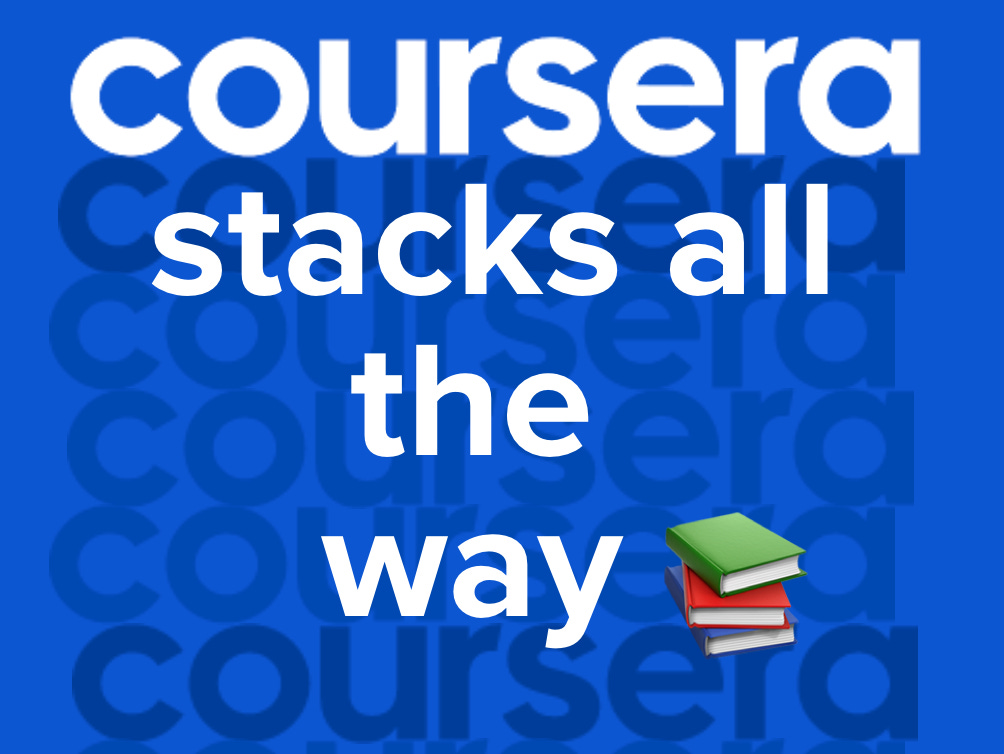
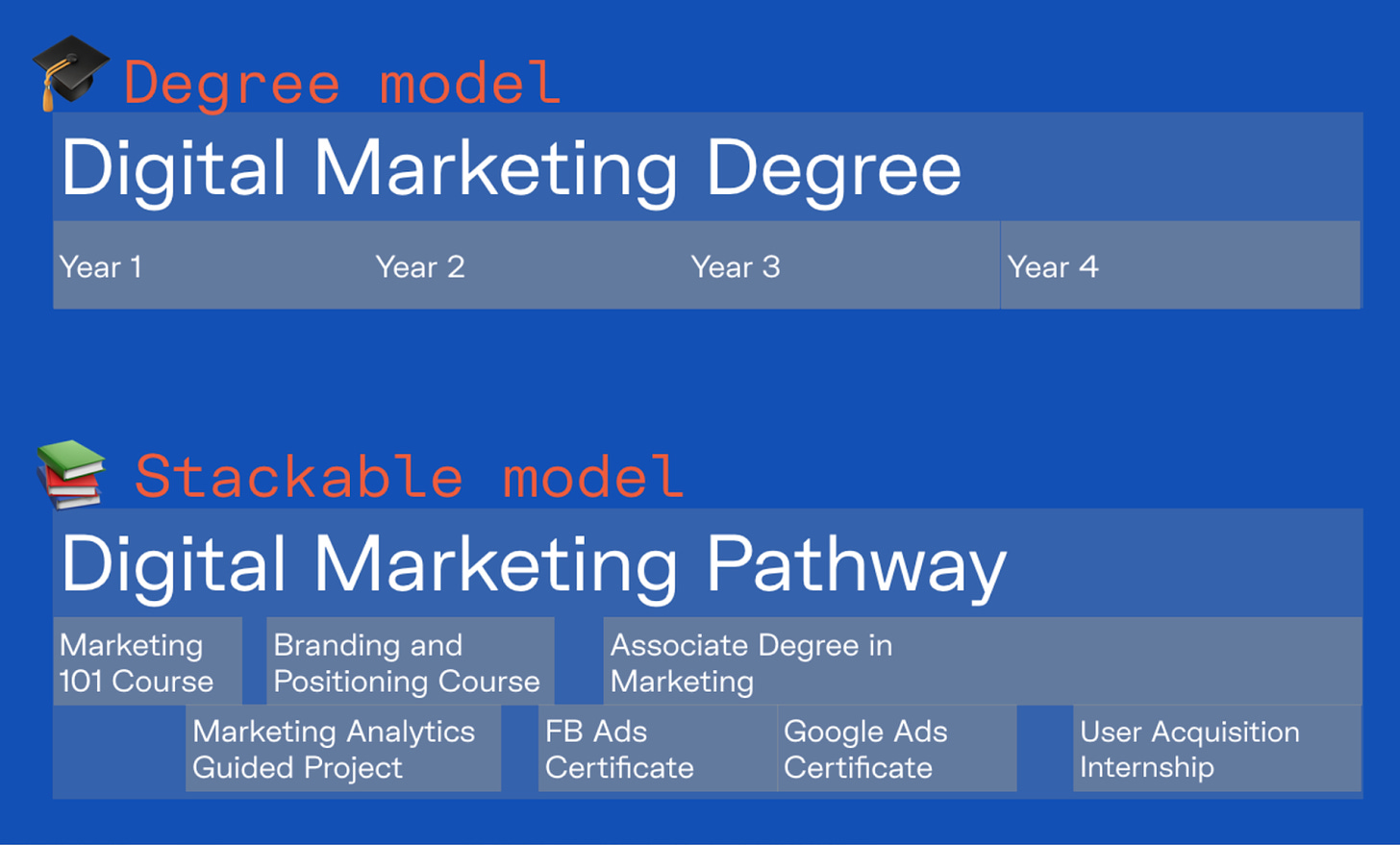
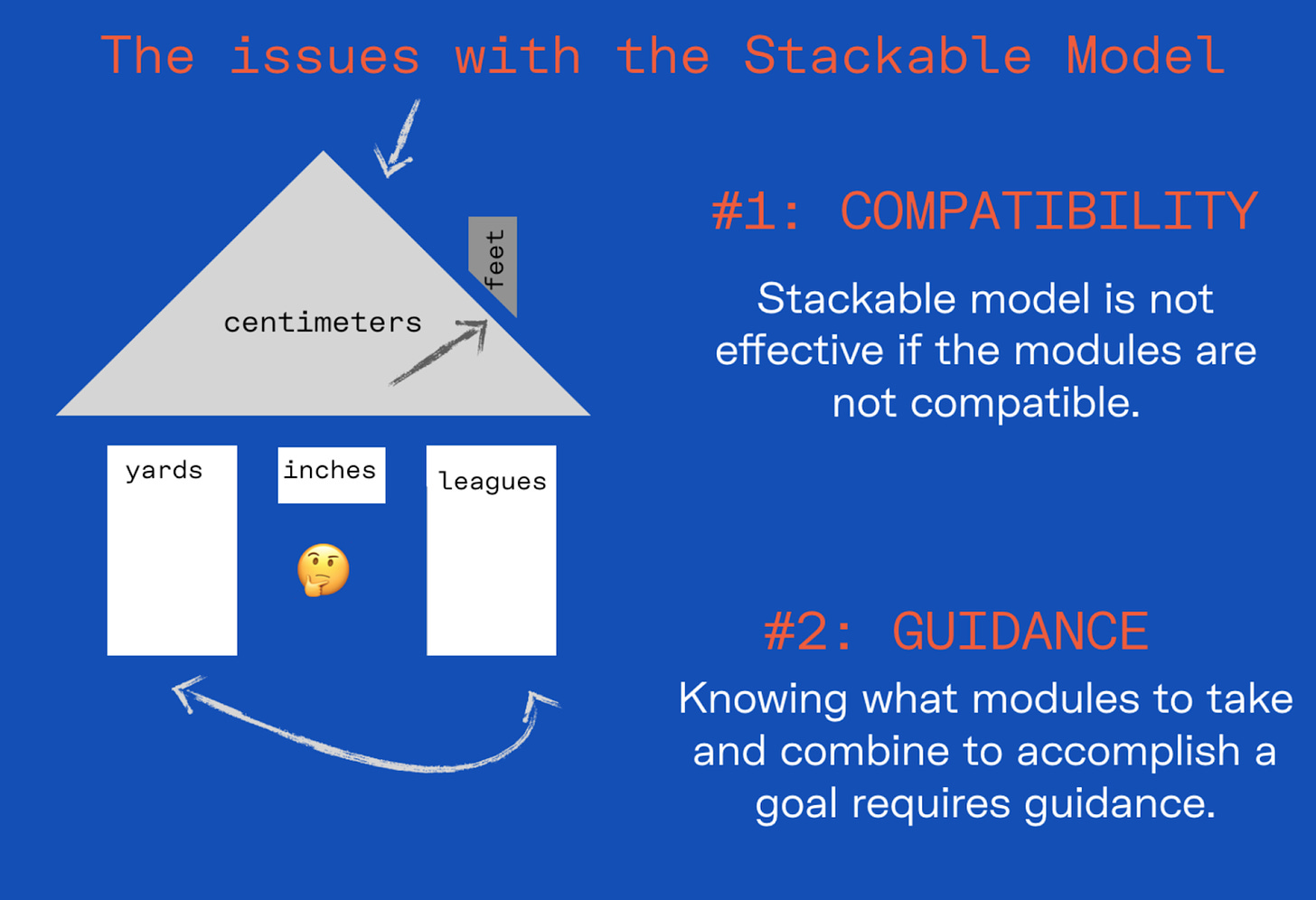
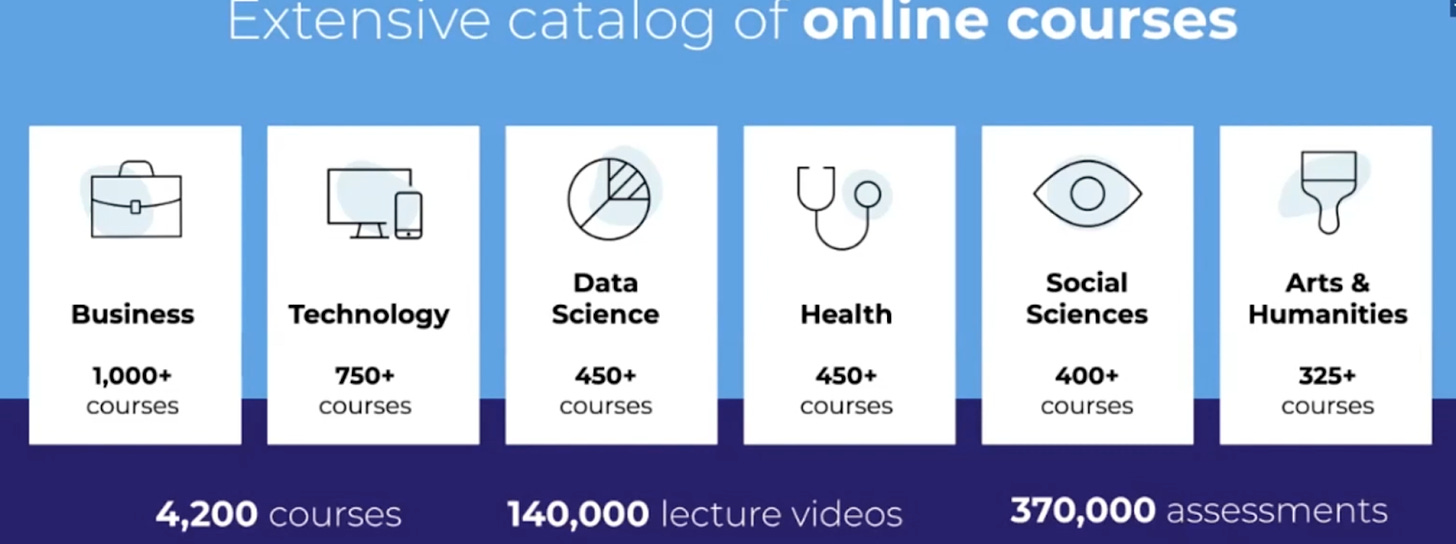
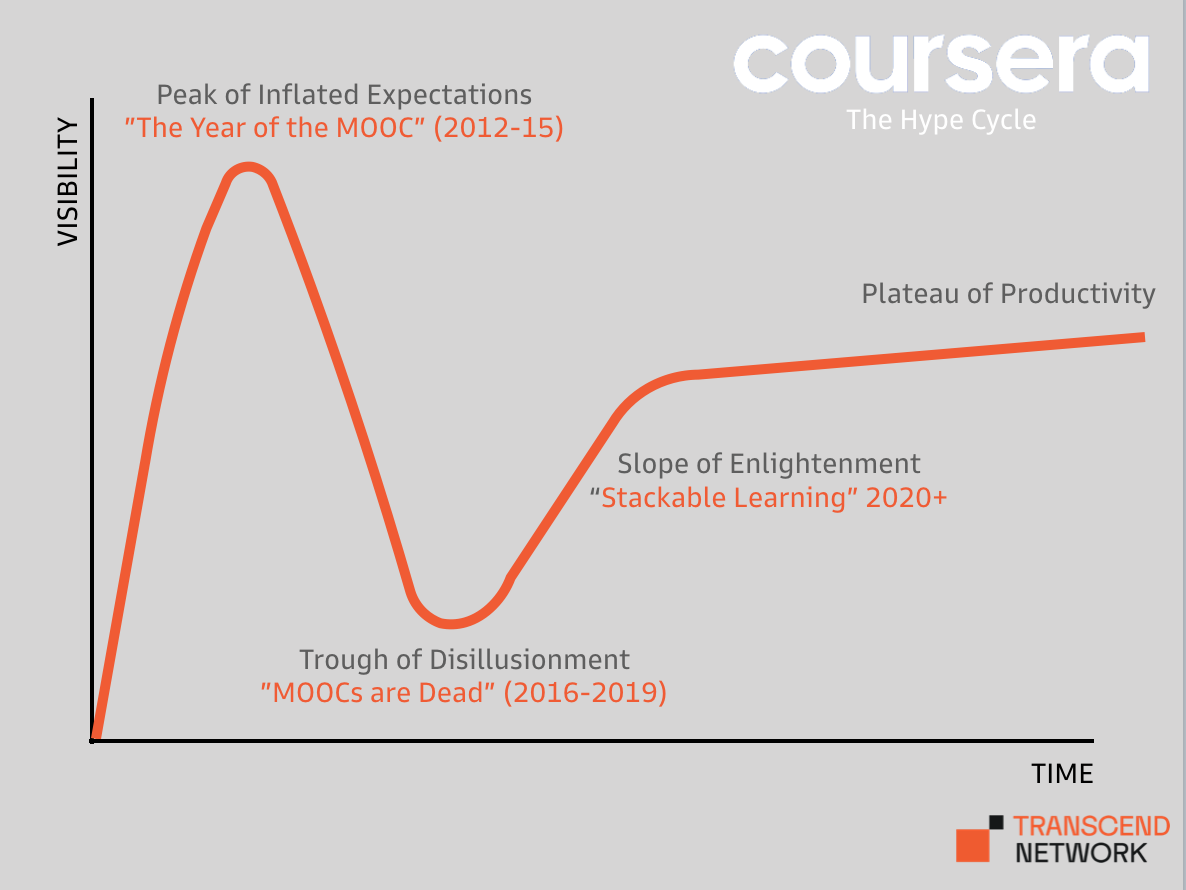


Kudos on keeping up this newsletter and continuing to provide incredible resources, Alberto! :) Hope to speak soon!